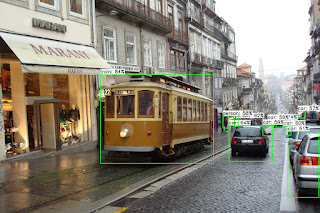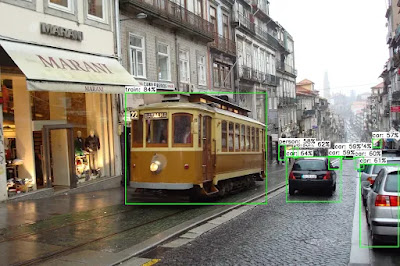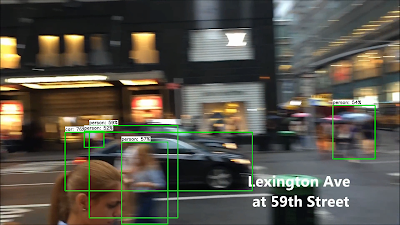During the past weeks I have paused work on the driver for the Vivante NPU and have started work on a new driver, for Rockchip's own NPU IP, as used in SoCs such as RK3588(S) and RK3568.
The version of the NPU in the RK3588 claims a performance of 6 TOPS across its 3 cores, though from what I have read, people are having trouble making use of more than one core in parallel, with the closed source driver.
 |
A nice walk in the park
|
Rockchip, as most other vendors of NPU IP, provides a GPLed kernel driver and pushes out their userspace driver in binary form. The kernel driver is pleasantly simple and relatively up-to-date in regards of its use of internal kernel APIs. The userspace stack though is notoriously buggy and difficult to use, with basic features still unimplemented and performance being quite below what the hardware should be able to achieve.
To be clear, this is on top of the usual problems related to closed-source drivers. I get the impression that Rockchip's NPU team is really understaffed.
Other people had already looked at reverse-engineering the HW so they could address the limitations and bugs in the closed source driver, and use it in situations not supported by Rockchip. I used information acquired by Pierre-Hugues Husson and Jasbir Matharu to get started, a big thanks to them!
After the initial environment was setup (had to forward-port their kernel driver to v6.8), I wrote a simple library that can be loaded in the process with LD_PRELOAD and that, by overriding the ioctl and other syscalls, I was able to dump the buffers that the proprietary userspace driver sends to the hardware.
I started looking at a buffer that from the debug logs of the proprietary driver contained register writes, and when looking at the register descriptions in the TRM, I saw that it had to be closely based on NVIDIA's NVDLA open-source NPU IP.
With Rockchip's (terse) description of the registers, NVDLA's documentation and source code for both the hardware and the userspace driver, I have been able to make progress several times faster than I was able to when working on VeriSilicon's driver (for which I had zero documentation).
Right now I am at the stage at which I am able to correctly execute TensorFLow Lite's Conv2D and DepthwiseConv2D operations with different combinations of input dimensions, weight dimensions, strides and padding. Next is to support multiple output channels.
I'm currently using Rockchip's kernel, but as soon as I'm able to run object detection models with decent hardware utilization, I plan to start writing a new kernel driver for mainlining.
Rockchip's kernel driver has gems such as passing addresses in the kernel address space across the UAPI...
Tests run fast and reliably, even with high concurrency:
tomeu@arm-64:~/mesa$ TEFLON_TEST_DELEGATE=~/mesa/build/src/gallium/targets/teflon/libteflon.so TEFLON_TEST_DATA=src/gallium/targets/teflon/tests LD_LIBRARY_PATH=/home/tomeu/tflite-vx-delegate/build/_deps/tensorflow-build/ ~/.cargo/bin/gtest-runner run --gtest /home/tomeu/mesa/build/src/gallium/targets/teflon/test_teflon --output /tmp -j8 --tests-per-group 1 --baseline ~/mesa/src/gallium/drivers/rocket/ci/rocket-rk3588-fails.txt --flakes ~/mesa/src/gallium/drivers/rocket/ci/rocket-rk3588-flakes.txt --skips ~/mesa/src/gallium/drivers/rocket/ci/rocket-rk3588-skips.txt
Running gtest on 8 threads in 1-test groups
Pass: 0, Duration: 0
Pass: 139, Skip: 14, Duration: 2, Remaining: 2
Pass: 277, Skip: 22, Duration: 4, Remaining: 0
Pass: 316, Skip: 24, Duration: 4, Remaining: 0
You can find the source code in
this branch.




.jpeg)





